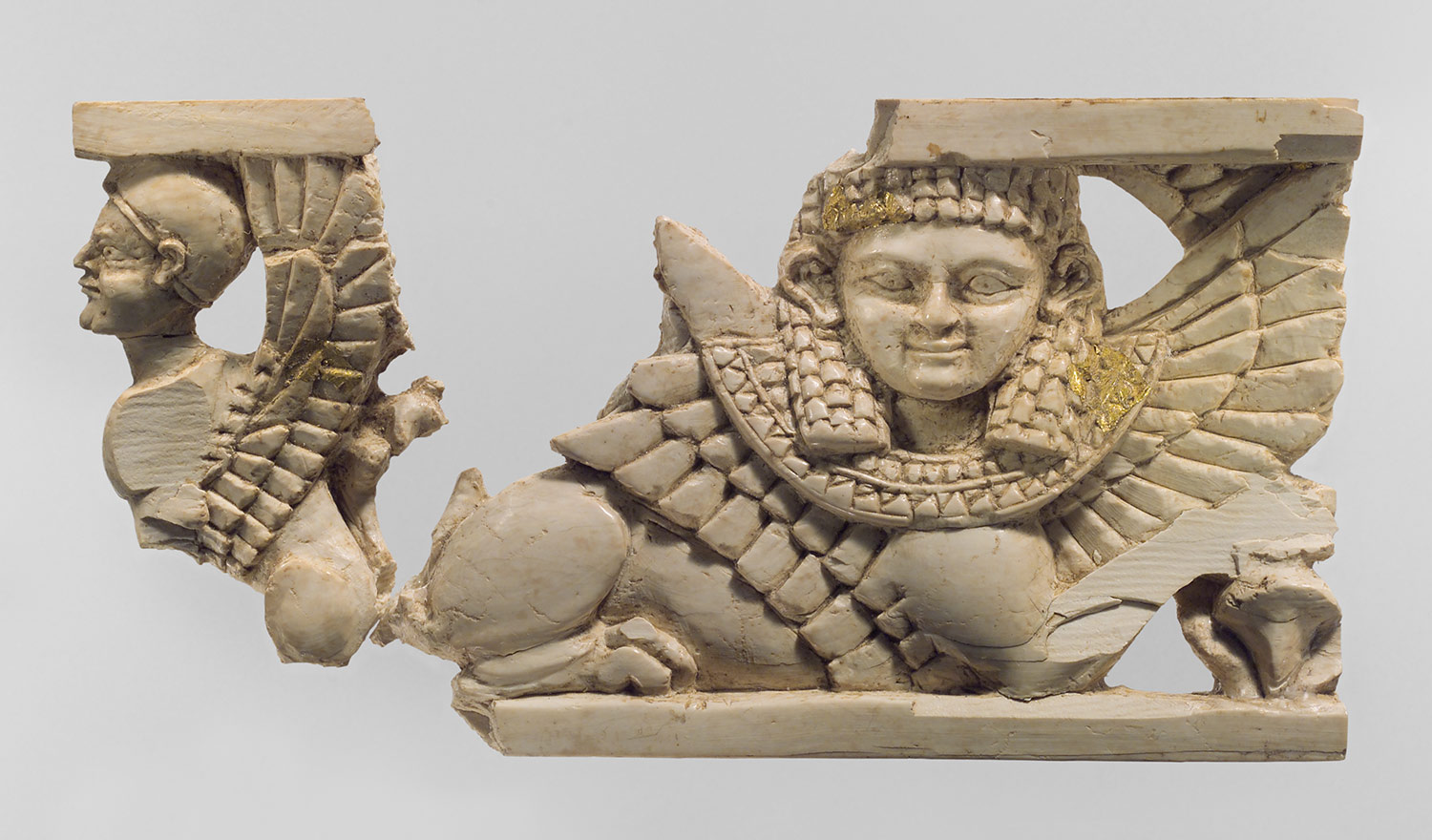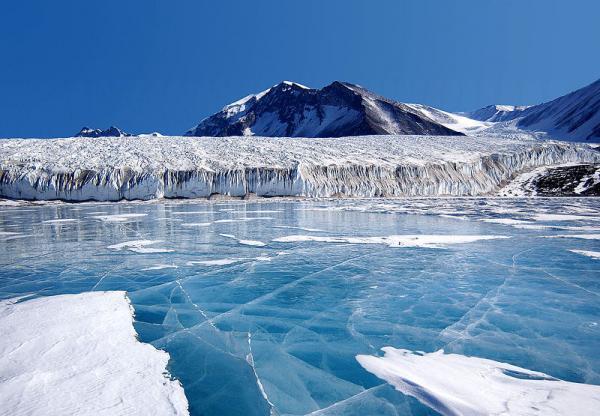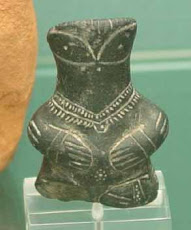
Extraterrestrial Centauri sphinx or "angel" (from Alpha Centauri 4 lightyears away).
Via Biblical Archaeology Review, Volume 35, Numbers 4/5, 2009:
... it is widely agreed that this cherub and the rest of Borowski's unprovenanced ivories belong to the Arslan Tash ivory hoard (dated to 850-800 B.C.), which was excavated in 1928 by a French expedition to Arslan Tash in northern Syria.

Arslan Tash Centauri Sphinx Aliens/Angels.
Ezekial 1:
1Now it came to pass in the thirtieth year, in the fourth month, in the fifth day of the month, as I was among the captives by the river of Chebar, that the heavens were opened, and I saw visions of God.Ezekial 10:
2In the fifth day of the month, which was the fifth year of king Jehoiachin's captivity,
3The word of the LORD came expressly unto Ezekiel the priest, the son of Buzi, in the land of the Chaldeans by the river Chebar; and the hand of the LORD was there upon him.
4And I looked, and, behold, a whirlwind came out of the north, a great cloud, and a fire infolding itself, and a brightness was about it, and out of the midst thereof as the colour of amber, out of the midst of the fire.
5Also out of the midst thereof came the likeness of four living creatures. And this was their appearance; they had the likeness of a man.
6And every one had four faces, and every one had four wings.
7And their feet were straight feet; and the sole of their feet was like the sole of a calf's foot: and they sparkled like the colour of burnished brass.
8And they had the hands of a man under their wings on their four sides; and they four had their faces and their wings.
9Their wings were joined one to another; they turned not when they went; they went every one straight forward.
10As for the likeness of their faces, they four had the face of a man, and the face of a lion, on the right side: and they four had the face of an ox on the left side; they four also had the face of an eagle.
11Thus were their faces: and their wings were stretched upward; two wings of every one were joined one to another, and two covered their bodies.
12And they went every one straight forward: whither the spirit was to go, they went; and they turned not when they went.
13As for the likeness of the living creatures, their appearance was like burning coals of fire, and like the appearance of lamps: it went up and down among the living creatures; and the fire was bright, and out of the fire went forth lightning.
14And the living creatures ran and returned as the appearance of a flash of lightning.
15Now as I beheld the living creatures, behold one wheel upon the earth by the living creatures, with his four faces.
16The appearance of the wheels and their work was like unto the colour of a beryl: and they four had one likeness: and their appearance and their work was as it were a wheel in the middle of a wheel.
17When they went, they went upon their four sides: and they turned not when they went.
18As for their rings, they were so high that they were dreadful; and their rings were full of eyes round about them four.
19And when the living creatures went, the wheels went by them: and when the living creatures were lifted up from the earth, the wheels were lifted up.
20Whithersoever the spirit was to go, they went, thither was their spirit to go; and the wheels were lifted up over against them: for the spirit of the living creature was in the wheels.
21When those went, these went; and when those stood, these stood; and when those were lifted up from the earth, the wheels were lifted up over against them: for the spirit of the living creature was in the wheels.
22And the likeness of the firmament upon the heads of the living creature was as the colour of the terrible crystal, stretched forth over their heads above.
23And under the firmament were their wings straight, the one toward the other: every one had two, which covered on this side, and every one had two, which covered on that side, their bodies.
24And when they went, I heard the noise of their wings, like the noise of great waters, as the voice of the Almighty, the voice of speech, as the noise of an host: when they stood, they let down their wings.
25And there was a voice from the firmament that was over their heads, when they stood, and had let down their wings.
26And above the firmament that was over their heads was the likeness of a throne, as the appearance of a sapphire stone: and upon the likeness of the throne was the likeness as the appearance of a man above upon it.
27And I saw as the colour of amber, as the appearance of fire round about within it, from the appearance of his loins even upward, and from the appearance of his loins even downward, I saw as it were the appearance of fire, and it had brightness round about.
28As the appearance of the bow that is in the cloud in the day of rain, so was the appearance of the brightness round about. This was the appearance of the likeness of the glory of the LORD. And when I saw it, I fell upon my face, and I heard a voice of one that spake.
Then I looked, and, behold, in the firmament that was above the head of the cherubims there appeared over them as it were a sapphire stone, as the appearance of the likeness of a throne.
2And he spake unto the man clothed with linen, and said, Go in between the wheels, even under the cherub, and fill thine hand with coals of fire from between the cherubims, and scatter them over the city. And he went in in my sight.
3Now the cherubims stood on the right side of the house, when the man went in; and the cloud filled the inner court.
4Then the glory of the LORD went up from the cherub, and stood over the threshold of the house; and the house was filled with the cloud, and the court was full of the brightness of the LORD's glory.
5And the sound of the cherubims' wings was heard even to the outer court, as the voice of the Almighty God when he speaketh.
6And it came to pass, that when he had commanded the man clothed with linen, saying, Take fire from between the wheels, from between the cherubims; then he went in, and stood beside the wheels.
7And one cherub stretched forth his hand from between the cherubims unto the fire that was between the cherubims, and took thereof, and put it into the hands of him that was clothed with linen: who took it, and went out.
8And there appeared in the cherubims the form of a man's hand under their wings.
9And when I looked, behold the four wheels by the cherubims, one wheel by one cherub, and another wheel by another cherub: and the appearance of the wheels was as the colour of a beryl stone.
10And as for their appearances, they four had one likeness, as if a wheel had been in the midst of a wheel.
11When they went, they went upon their four sides; they turned not as they went, but to the place whither the head looked they followed it; they turned not as they went.
12And their whole body, and their backs, and their hands, and their wings, and the wheels, were full of eyes round about, even the wheels that they four had.
13As for the wheels, it was cried unto them in my hearing, O wheel.
14And every one had four faces: the first face was the face of a cherub, and the second face was the face of a man, and the third the face of a lion, and the fourth the face of an eagle.
15And the cherubims were lifted up. This is the living creature that I saw by the river of Chebar.
16And when the cherubims went, the wheels went by them: and when the cherubims lifted up their wings to mount up from the earth, the same wheels also turned not from beside them.
17When they stood, these stood; and when they were lifted up, these lifted up themselves also: for the spirit of the living creature was in them.
18Then the glory of the LORD departed from off the threshold of the house, and stood over the cherubims.
19And the cherubims lifted up their wings, and mounted up from the earth in my sight: when they went out, the wheels also were beside them, and every one stood at the door of the east gate of the LORD's house; and the glory of the God of Israel was over them above.
20This is the living creature that I saw under the God of Israel by the river of Chebar; and I knew that they were the cherubims.
21Every one had four faces apiece, and every one four wings; and the likeness of the hands of a man was under their wings.
22And the likeness of their faces was the same faces which I saw by the river of Chebar, their appearances and themselves: they went every one straight forward.





































